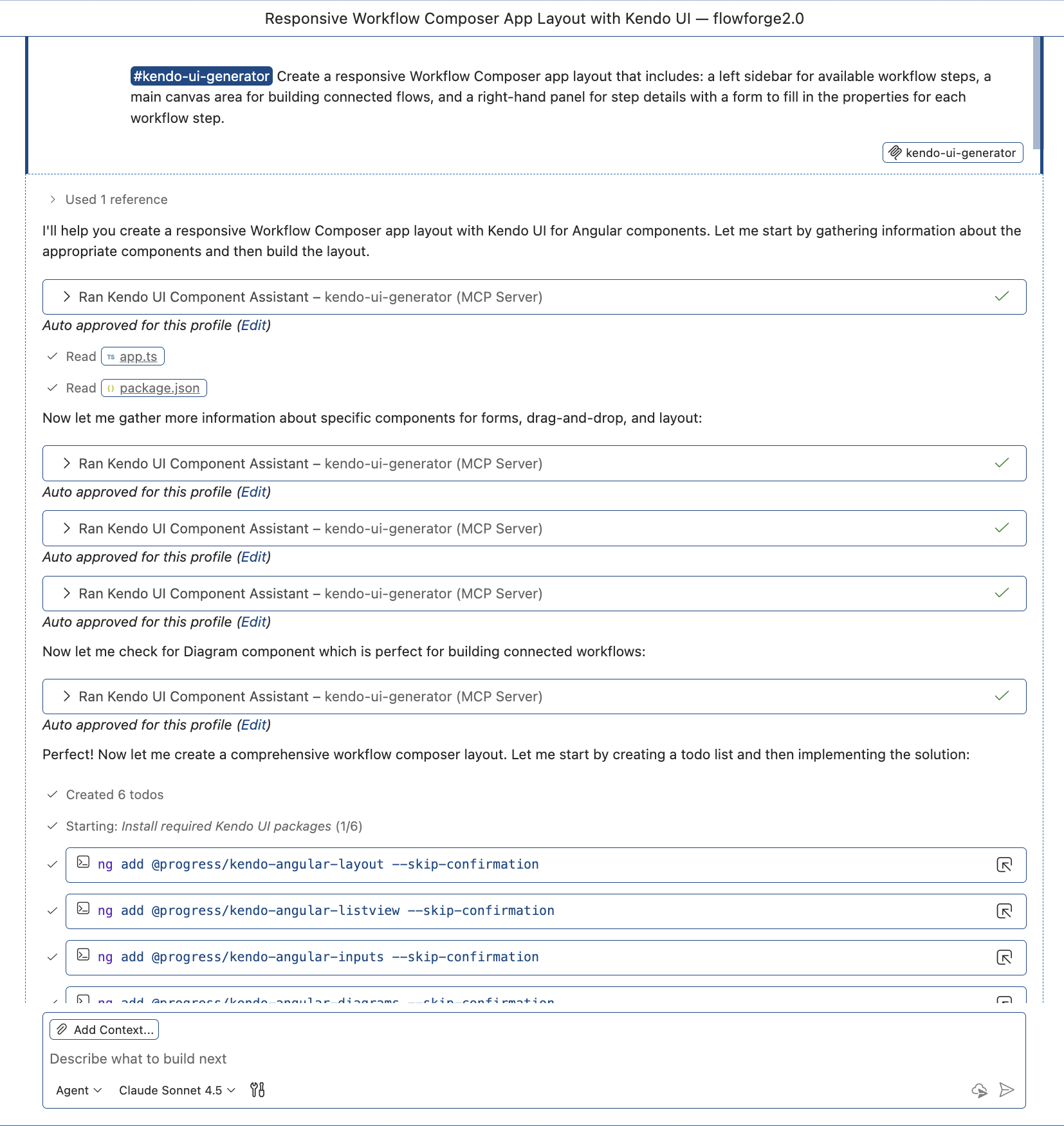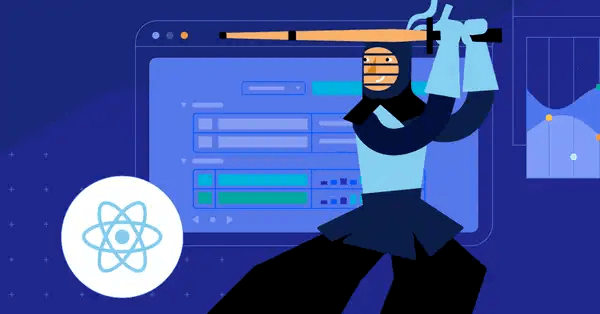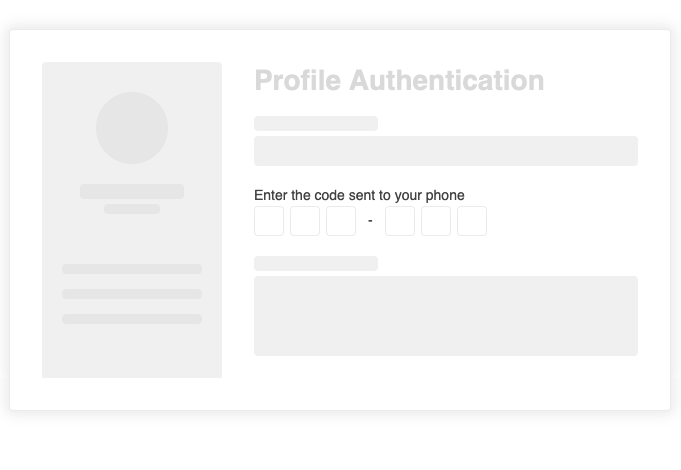What's Coming in 2026
Discover what’s ahead for KendoReact in 2026. Our upcoming roadmap brings new AI-powered agents and assistants, React UI components & feature enhancements, and performance improvements designed to help you build modern, AI-powered, high-performing web applications with ease.
We remain committed to delivering updates on a regular cadence and incorporating your feedback to shape the future of our KendoReact library. Explore what’s planned, share your ideas, and stay ahead with the latest innovations in React development.





